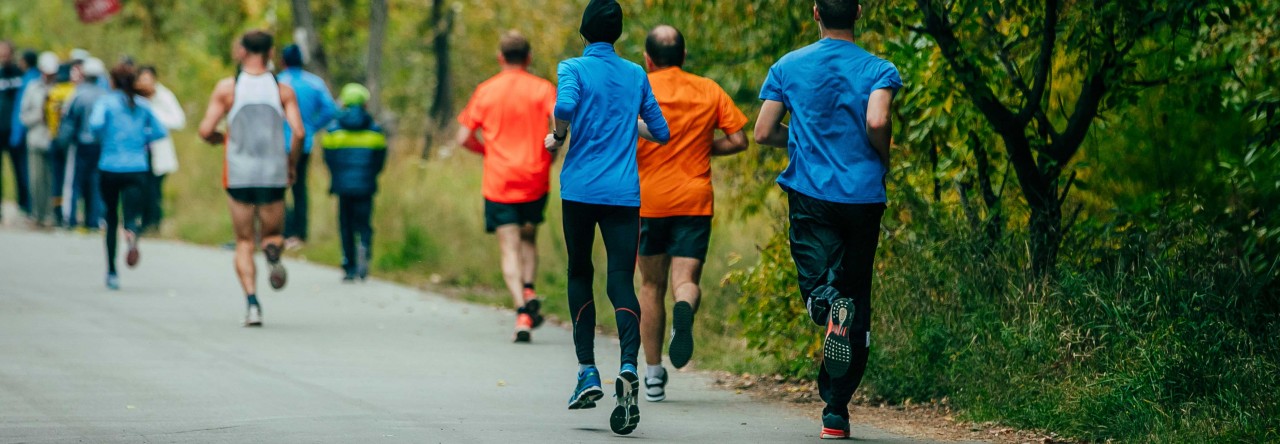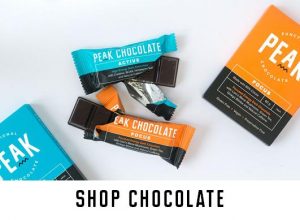City2Surf 2018 is ticked off and the top news is I accidentally broke my PB! If a reader is not familiar with the abbreviation PB, might think I broke a leg or something (haha).
I went against the stream at City2Surf because apparently Australian runners are getting slower year by year but I managed to be slightly faster. Will discuss that later on in this blog post.
I was not aiming for improving my record at City2Surf this year because since last year I decided to pick one [main] goal per year and this year I had picked running a full marahton at Sydney Running Festival, aka Blackmore’s marathon, in September as my main goal for 2018. I did not even participate in SMH half marathon in May – I usually run that – to avoid any over training. I always do City2Surf, I never tend to drop out of this iconic race unless I am injured so bad.
My training went really well until early July. I had a 20 week plan and I followed it passionately until school holiday started and we went on holiday two times during that period (4 weeks for us). Although I ran as much as I could when was away and my daily calorie consumption was around 5k on some days, the distance I made was way less than what was designated in the program. On top of that I had a cold for a couple of days and then an upset stomach on another day. Besides, right knee was not too happy either due to perhaps too much speed training or maybe playing indoor soccer. So all of these contributed to a prolonged drop-out. Anyway, I started August anxious that not only I would not be able to do my main goal, I may not even be able to run City2Surf fast enough as per usual. If I had been able to keep up my training in July I would have expected to run City2Surf relatively well due to the fitness I had gained from my regular training but I was in doubt. I had one week to train and I spent most of it on tempo running (gradual speeding to goal pace, maintain it for a short period of time and slow back down).
At the start of the race I did not rush at all. Usually the adrenaline kicks in and despite the fact that running the first half of a race slower than the second usually gives better result, statistically I run the first half faster. I have been successful this way (telling from breaking my PBs) but I am coming to conclude to stay away from this strategy.
Back to the race, I maintained a steady effort and thought wisely about when to push and when to set back. Looked up the hills in front of me and tried to remember which one it was and how hard I should push at each. When I arrived at the notorious heart break hill, I was in a good shape and for the first time ever I was not intimidated at all. I got my heart rate under control at the flat piece of course before the hill in Double Bay. I ran it up with full confidence I can manage no matter what thinking I could recover at the short downhills after that. Then hill after hill I pushed and recovered while keeping my pace high on the descending side of the hill. Check out this post of mine on how to run downhills safely and fast.
When I passed 11km mark, I buckled up for the descending part of the course. There is a gradual elevation up to that mark. The last kilometer out to the finish line became too tiring but the joy of arriving did not allow thinking too much about it. When I made the last turn and saw the official clock at the finish line could not believe that if I sprint fast I would be able to break my PB, and I did it, finished by 21 seconds better than last time in 2012.
My previous PB in 2012 was 56:58. I remember I was gasping for air at many occasions during the race due to pushing too hard. It was a cold day and my face was distorted from the cold weather. This time, although I felt I was at pretty much my max effort, I was on top of what I was doing. It was a pretty cold day too but I ended up in doing better without suffering much. How? Running in Pose saves energy. The limit was my fitness level but my cardio still had capacity due to saving on oxygen consumption at this method of running.
Official Results 2012: https://secure.tiktok.biz/results/view/city2surf/2012/04075
My tracking : https://connect.garmin.com/modern/activity/209875848
Official Results 2018: http://live.tiktok.biz/results/view/city2surf/2018/00572
My tracking: https://connect.garmin.com/modern/activity/2928405907
(proud of my pace at the last 40m sprint to the finish line)
Contributing factors
Despite being 6 years older and in a new age group, I find these items contributed to the boost in my performance:
- Constantly looking for improvement in my techniques: a few months ago I found one more issue in my techniques at sprinting. At very high speed I would tend to actively hit the ground to bounce off quickly as an additional method of gaining speed. I have heard about such a method from top coaches, to treat our body like an inflated swiss ball, the harder bounce it to the ground the higher it goes, but that is totally against Pose Method. Although it works, it is unnecessary. So I picked this “issue” from an unexpected soreness I got after a speed training session and dropped the habit. Instead, focused on improving my falling angle to gain the required speed from it. Patience is rewarding.
- Ketogentic diet: I lost 4-5kg of weight and found my recovery time faster than before. Getting the body to use fat as the only source of energy for some period of time is very beneficial however the extreme keto diet cannot be maintained when speed training starts (carbs are needed at high heart rates) but taking carbs as low as possible only to replenish what lost at workouts would keep the body in the same shape. Do your own research, speek with your dietitian, and give it a go. The whole world will be against you (lol) because bread, starchy foods, fruits and sweets, etc are overwhelmingly a part of our daily diet. Abandoning them leaves us with not much options unless you learn new recipes (check out Natural Nutritionist, they also have keto recipes). A bit of hassle, I know, but again, rewarding.
- Walking: I cannot believe how much it could help runners. Walk as long as your time allows after your running sessions; incredibly it refreshes your legs and helps soreness. It is also a good substitute for running when you are injured or too sore to do a proper session. I am sure you can find a lot of online articles on benefits of walking.
- Smiling(!): Yes, it does truly help. Not sure how though. Anytime you feel tired or under too much pressure, just force the muscles on your face to smile and see the benefit. It works for me. Hilarious to say, I even practiced smiling at my running workouts and it helped a lot overcoming tough moments.
Runners are getting slower, good or bad?
A few months ago I happened to read this article on ABC website that Australian running community is getting slower than some period of time in the past:
This goes completely inline with my ranking in total from 2012 to 2018. My ranking in total was 882 in 2012, and 745 in 2018. Do you think by being 21 seconds faster I surpassed 137 runners? I do not think so. If the city2sufers were as fast as they were in 2012 I would expect only a slight jump in my ranking. Given these figures I would say there were less number of runners around me this year than were in 2012, meaning those making this race around such a time have dropped off and not replaced by newcomers (we have also had constant population growth since 2012, hence higher population of runners perhaps, so normally we should expect more people ahead of me).
So is it bad? In my opinion, not necessarily. According to my account, speed is a more contributing factor to injuries than distance. Anytime I suffered from any sort of pain that hindered me from training was after a period of time that I did a lot of speed training or picked up an unrealistic goal pace. Never suffered as much from running long distances. Perhaps we are ending up in a healthy growing community of runners that do not wish to push too hard (thumbs up!). Proper studies to be done (or might have been done already) to prove this but that is what I speculate to be right.
How to catch up with training for my full marathon in September?
My main concern is what I have missed out in July were a few times running up to 28km. What I am going to do now is to revise the plan and replace some speed training sessions by long and slow runs, building up to reach close to 30km. Given tapering is two weeks for full marathon I do not have much time. The trick for preparing fast for marathon is to focus on slow runs, thanks to Jason Fitzgerald for the tip in one of his articles here. Speed training does not help me at all at this stage. City2Surf was a good benchmark that my muscle memory for speeding is good enough, what I need going forward is to improve my stamina for long running courses. Wish me luck and my best wishes for you too!


